A discovery that has stunned the scientific community and captured the attention of the entire world: Egyptian archaeologists have unearthed a strange and mysterious artifact, now nicknamed “Breidy the Chameleon”. This discovery, buried under layers of sand in the heart of the Egyptian desert, has triggered a wave of curiosity and speculation. Combining elements of animal representation and ancient symbolism, Breidy is quickly becoming a major focus of interest for researchers, historians and enthusiasts around the world.
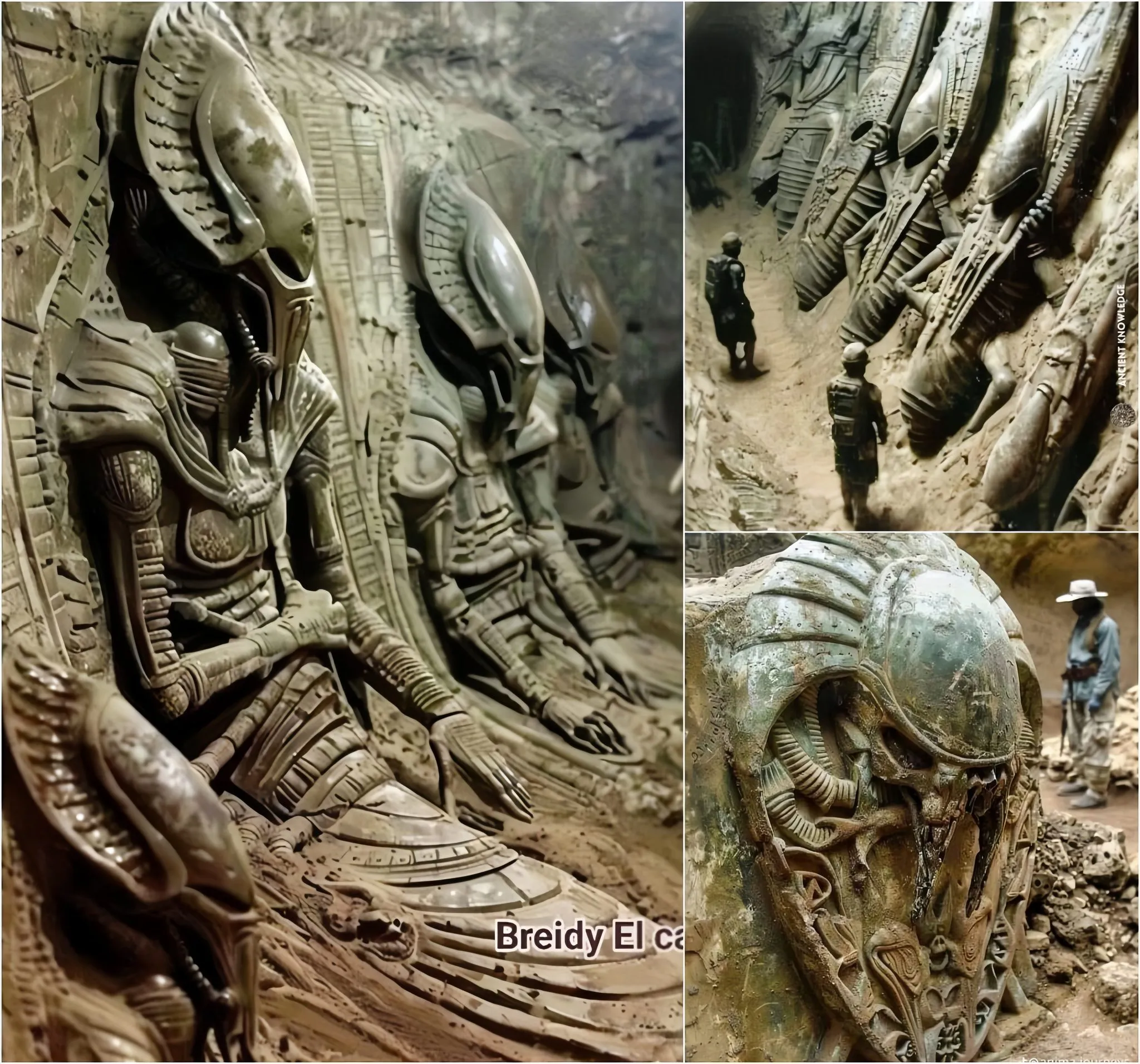
The astonishing artifact was discovered by a team of archaeologists excavating near the ancient city of Luxor, known for its wealth of temples and tombs. The team, led by Dr. Nadia El-Fouly, initially thought they had found another piece of ordinary pottery or sculpture, but they soon realized it was something far more unique. Breidy the Chameleon, an intricately carved statue with distinct features, appears to blend artistic styles from several eras, leaving experts baffled.
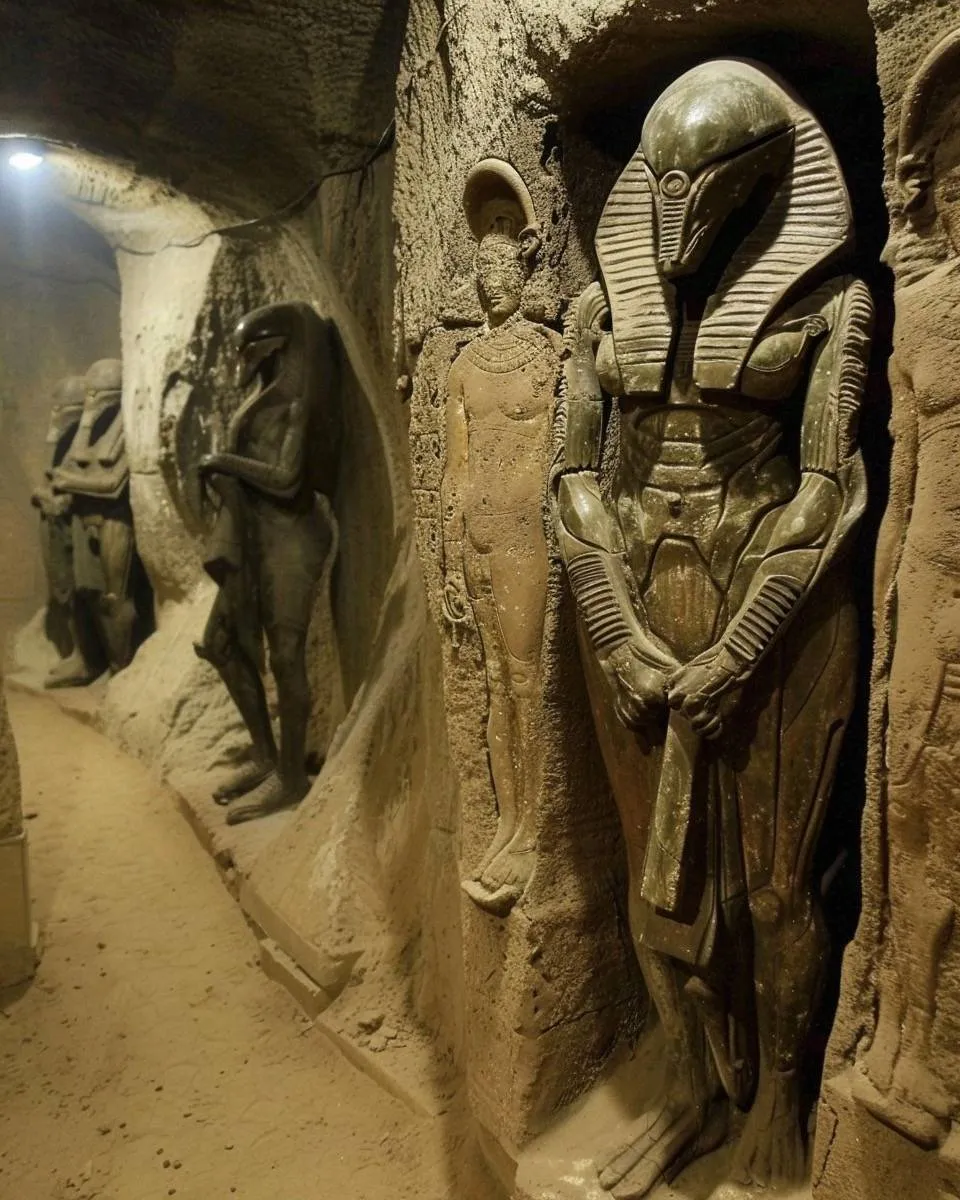
The statue, which is about the size of a small dog, depicts a chameleon-like creature with exaggerated features: a broad, almost human face, a curled tail, and elaborate patterns all over its body that allude to ancient Egyptian hieroglyphics. This unusual combination of features suggests that Breidy may have served as a symbolic or religious figure in a lost or lesser-known Egyptian cult.
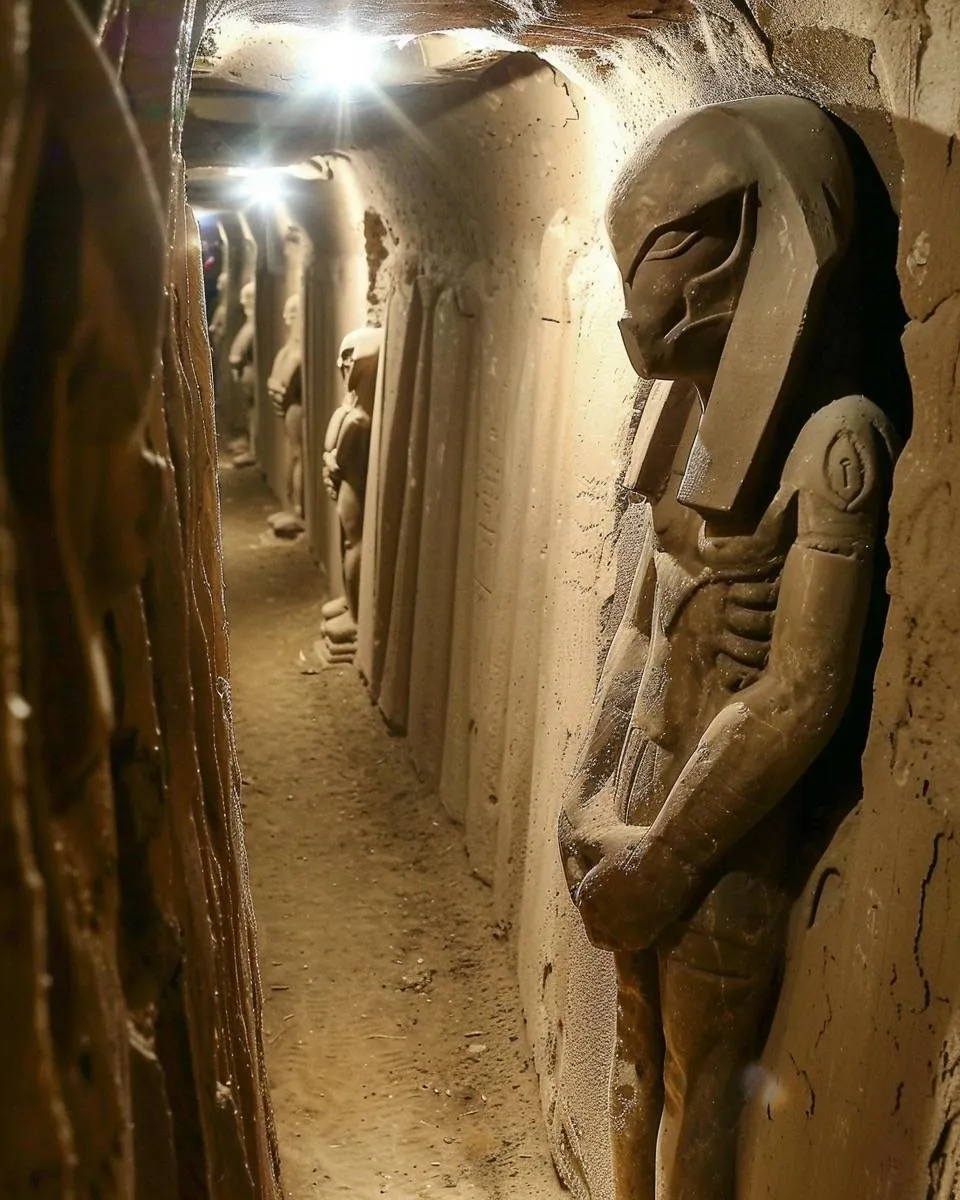
One of the most intriguing aspects of this discovery is the uncertain purpose of Breidy the chameleon. Chameleons are not typically associated with ancient Egyptian iconography, leading experts to speculate about what this creature might have represented. Some theories suggest that Breidy was a talisman symbolizing adaptability, transformation, or protection, while others suggest it may be linked to a forgotten legend or deity.
Dr. El-Fouly noted: “The chameleon’s ability to change color and blend into its environment could be seen as a powerful metaphor for dealing with the challenges of life, especially in a civilization as complex as ancient Egypt. We are only beginning to scratch the surface of the significance of this artifact.”
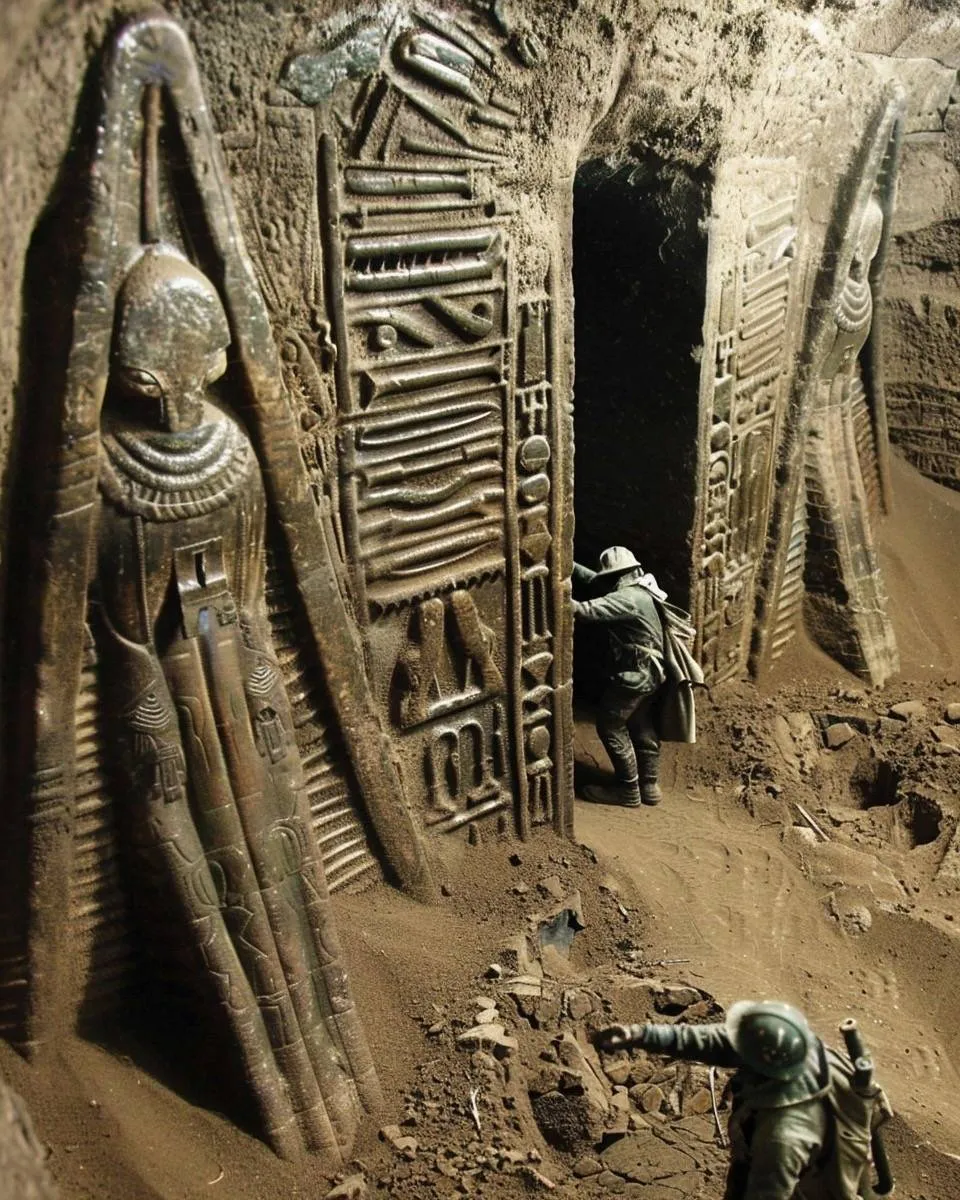
Another fascinating detail about Breidy the Chameleon is the apparent fusion of different artistic and cultural influences in its design. The researchers noted that while the overall style is consistent with late-period Egyptian sculptures, some elements appear to be influenced by Nubian, Greco-Roman, and even early sub-Saharan African motifs. This suggests that the artifact may have come into being during a time of cultural exchange or conflict, highlighting the interconnectedness of ancient civilizations.
The presence of non-Egyptian symbols etched into the statue’s surface has led some scholars to speculate that Breidy may have been part of a trade exchange or a gift given to Egyptian rulers by a foreign delegation. The artifact’s mix of styles could offer new insights into Egypt’s interactions with neighboring cultures at a time when the ancient world was rapidly changing.
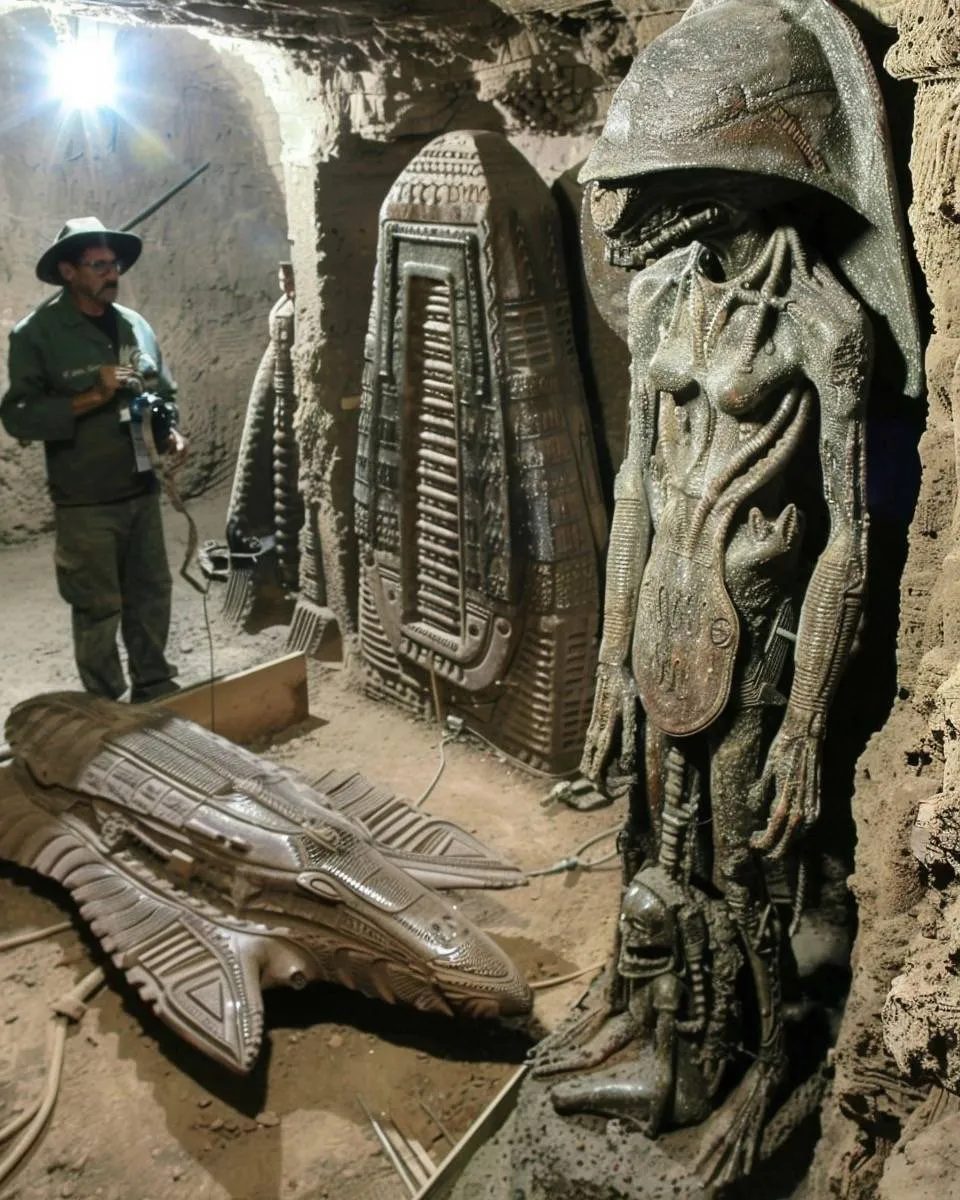
Since the news broke, Breidy the chameleon has become a trending topic on social media and in the news. As archaeologists continue to analyze the artifact’s meaning, many people are coming up with their own interpretations. Artists and storytellers have been inspired by Breidy’s curious appearance, and some are already proposing modern folklore around this mysterious creature.
Interestingly, Breidy has even sparked debate among cryptozoologists and paranormal enthusiasts, with some claiming that the statue could be a representation of a mythical or even extraterrestrial being that the ancient Egyptians believed possessed supernatural powers.
The object is currently being studied at the Egyptian Museum in Cairo, where experts are conducting a detailed analysis using advanced scanning technology. Early indications suggest that the materials used in the statue’s creation are unique, perhaps revealing new techniques or resources previously unknown in ancient Egypt.
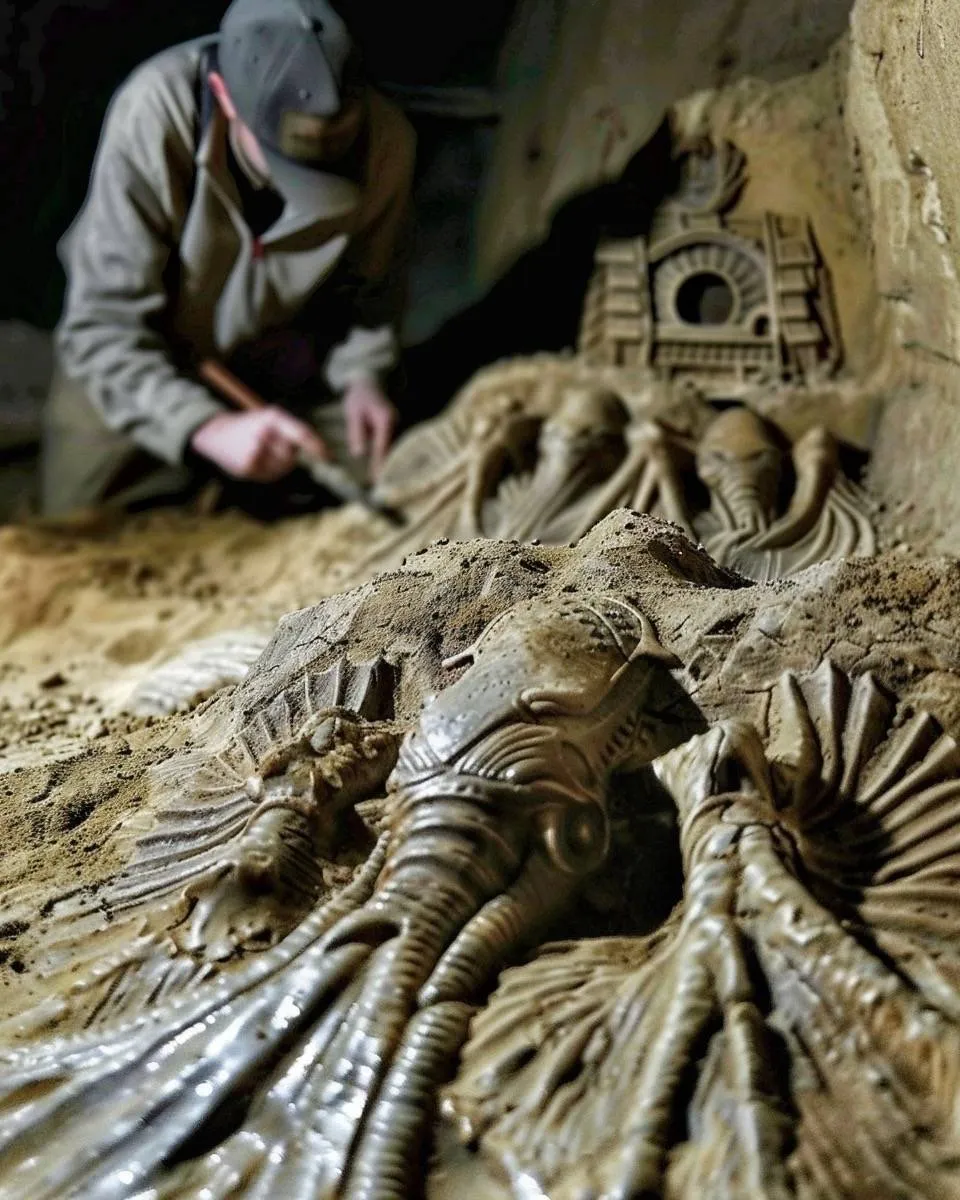
As researchers work to decode the symbols and uncover the true story of Breidy the chameleon, the world watches with bated breath. This unexpected discovery reminds us that despite millennia of exploration, the sands of Egypt still have stories to tell, some of which could forever change our understanding of ancient civilizations.
The Breidy chameleon has already earned its place in history as a symbol of the unexpected, and its discovery marks a new chapter in the endlessly fascinating saga of archaeology. Whether Breidy turns out to be a vanished deity, a symbol of cultural exchange, or something else entirely, one thing is for sure: Breidy’s story is only just beginning.





